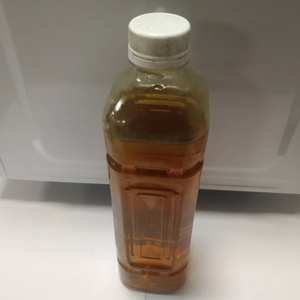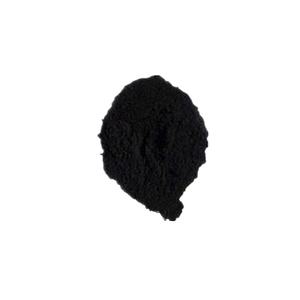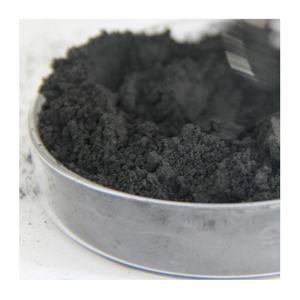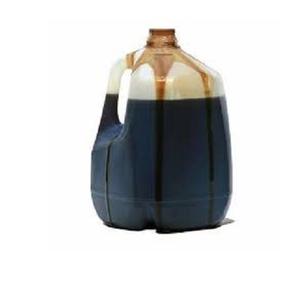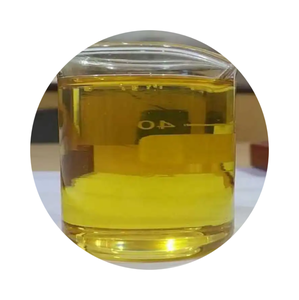One-stop lubrication solution | Discover the way to smoothness | Infomak
Your Secret Weapon: Food-Grade Silicone Grease Explained
(Wbg 1g 5g 10g Food Grade Muti Purpose Silicone Dielectric Grease Lube Ptfe Anti Corrosion O Ring Lubricant Grease Oil Paste)
This little tub holds power. It looks simple. It feels smooth. But food-grade silicone grease? It solves problems everywhere. From your kitchen gadgets to your car’s engine bay. It fights rust. It stops squeaks. It keeps seals tight. And yes, it’s safe around food. Let’s dive into this versatile wonder.
What Exactly is Food-Grade Silicone Grease?
It’s a special lubricant. Think of it as a protective paste. Its base is silicone oil. This oil gets thickened. Often with PTFE powder. PTFE is that slippery stuff in Teflon. This combination creates a thick, non-melting grease. It won’t run off. It sticks where you put it. The “food-grade” part is crucial. It means this grease meets strict safety rules. It’s non-toxic. It won’t contaminate food or drinks. It’s safe for surfaces touching consumables. It’s also dielectric. That’s a fancy word. It means the grease doesn’t conduct electricity. This makes it perfect for electrical connections. You can smear it on connectors. It keeps moisture out. It prevents corrosion. But it won’t cause a short circuit. So, it’s a lubricant. It’s a sealant. It’s a protector. All in one tube.
Why Choose Silicone Grease Over Other Lubricants?
Regular greases can be messy. They might attract dirt. Some can harm rubber or plastic. Many aren’t safe near food. Silicone grease stands out. First, its temperature range is wide. It handles extreme cold. It also handles high heat. It won’t melt easily. It won’t freeze solid. This reliability matters. Second, it’s water-resistant. Water just beads up on it. It repels moisture effectively. This protects metal parts from rust. It protects electrical contacts from corrosion. Third, it’s gentle on materials. It plays nice with rubber O-rings. It protects plastic parts. It lubricates without breaking them down. Fourth, it stays put. It doesn’t drip. It doesn’t migrate far. It stays where you apply it. Fifth, the food-grade rating. This opens doors. You can use it on blender gaskets. You can use it on water bottle seals. You know it’s safe. Other greases might offer one benefit. Silicone grease offers them all. That’s the big win.
How Do You Apply Silicone Grease Properly?
Using it right is key. A little goes a long way. You don’t need globs. Start clean. Wipe the surfaces first. Remove old grease. Remove dirt. Remove grime. Dry the area well. Moisture trapped under grease is bad. Now, grab a small amount. Use your finger. Use a small brush. Use a cotton swab. Apply a thin film. Cover the surface evenly. For O-rings, smear it lightly all around the ring. Don’t soak it. Just a light coating. For electrical plugs, dab a small amount inside the connector. Cover the metal contacts lightly. Wipe off any excess. Too much grease can cause issues. It might attract dirt. It might interfere with connections. Reapplication depends on use. Harsh conditions need it more often. Normal use? Maybe once a year. Check the seal. If it looks dry, reapply. Store the grease tube in a cool, dry spot. Keep the cap tight. This stops it from drying out. Simple steps. Big results.
Where Can You Use Multi-Purpose Silicone Grease?
The uses are vast. Its “multi-purpose” name is earned. Start in the kitchen. Lubricate blender jar seals. Lubricate mixer attachments. Lubricate gaskets on lunch boxes. It stops leaks. It makes cleaning easier. Move to the garage. Lubricate car door seals. Lubricate sunroof tracks. Lubricate antenna bases. It prevents freezing in winter. It stops squeaks. Under the hood? Protect battery terminals. Protect spark plug boots. Protect electrical connectors. It fights corrosion. It ensures good connections. For plumbing, use it on faucet O-rings. Use it on shower head threads. It prevents leaks. It makes disassembly easy. On bikes, lubricate cable housings. Lubricate derailleur pivots. It keeps shifting smooth. For outdoor gear, protect tent zippers. Protect fishing reel components. It keeps moisture out. For hobbyists, lubricate model parts. Protect battery compartments. The list goes on. If it needs lubrication, sealing, or moisture protection, this grease likely works.
FAQs About Food-Grade Silicone Grease
People often have questions. Let’s answer the common ones.
Is it really safe for food equipment? Yes. But check the label. Ensure it specifically says “food-grade.” Look for NSF certification. This means it passed safety tests. Use it on seals and gaskets. Don’t apply it directly onto food surfaces. It’s meant for non-contact areas.
Can I use it on electrical wires? Absolutely. Its dielectric property shines here. It insulates. Apply it to wire connectors. Apply it to battery terminals. Apply it to spark plug wires. It prevents moisture damage. It stops corrosion. It doesn’t interfere with the electrical flow. It actually improves connection reliability over time.
Does it harm rubber or plastic? No. It’s silicone-based. This makes it very compatible. It helps preserve rubber O-rings. It prevents them from drying out. It prevents cracking. It lubricates plastic parts safely. Unlike some petroleum greases, it won’t cause swelling or degradation.
How long does it last? It lasts a long time. It doesn’t evaporate quickly. It doesn’t wash off easily. Its performance stays good. Under normal conditions, one application can last months or years. Harsh environments need more frequent checks. If the surface looks dry or dirty, reapply.
(Wbg 1g 5g 10g Food Grade Muti Purpose Silicone Dielectric Grease Lube Ptfe Anti Corrosion O Ring Lubricant Grease Oil Paste)
What sizes are available? You see small tubes. Often 1g, 5g, or 10g sizes. Why so small? You use very little each time. A tiny dab suffices. Small tubes stay fresh. They are convenient for storage. They are easy to carry in a toolkit. You don’t need a giant tub.
